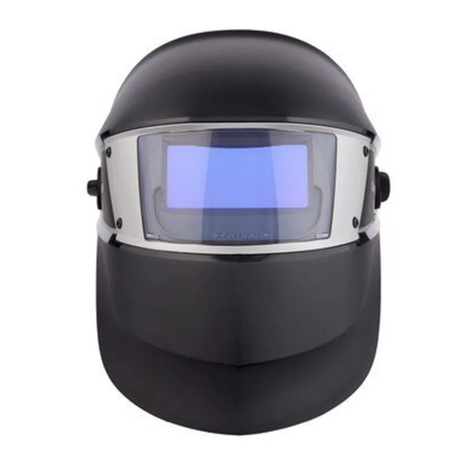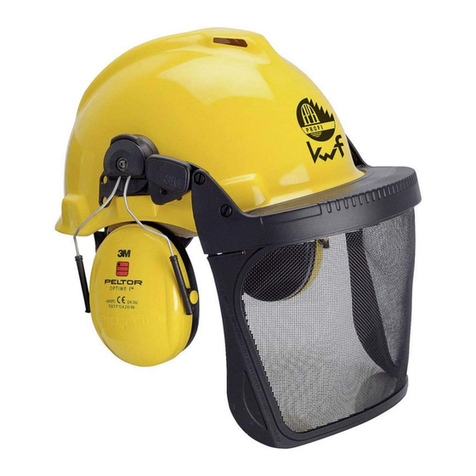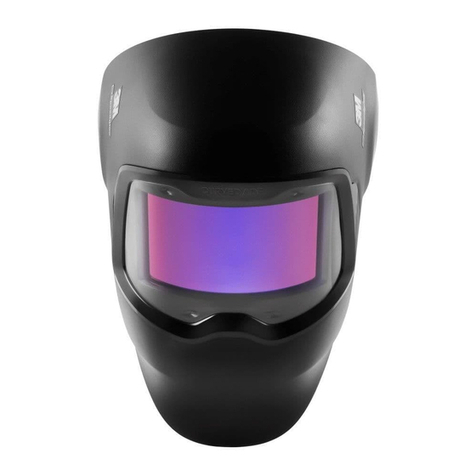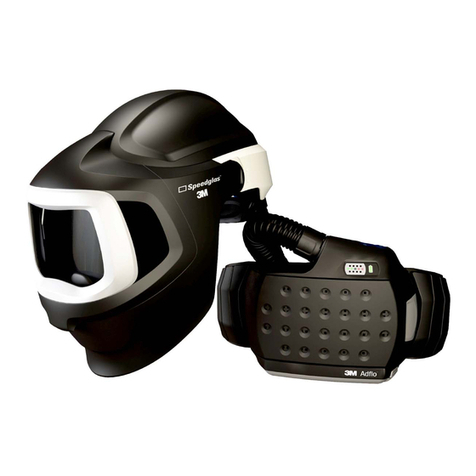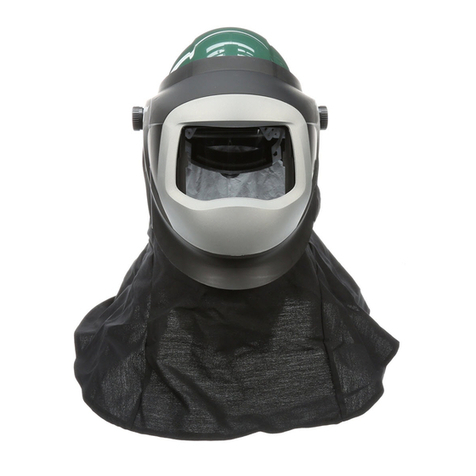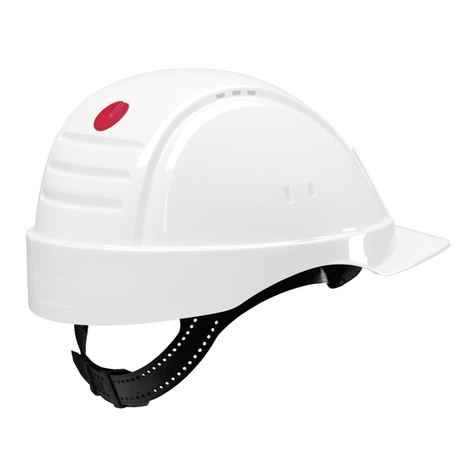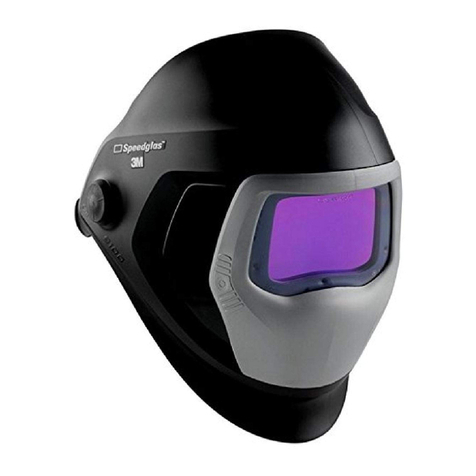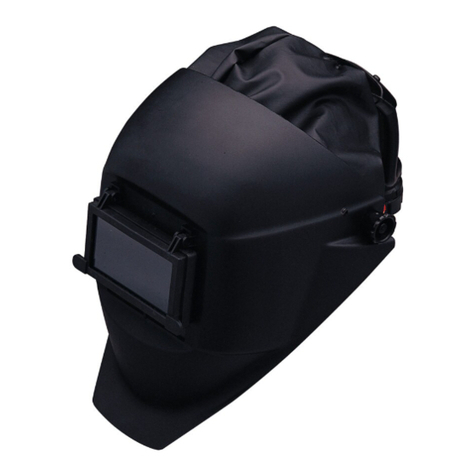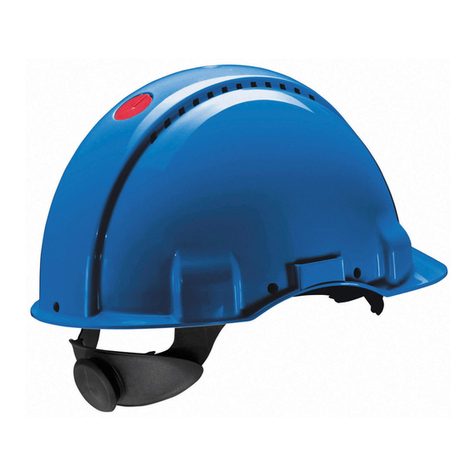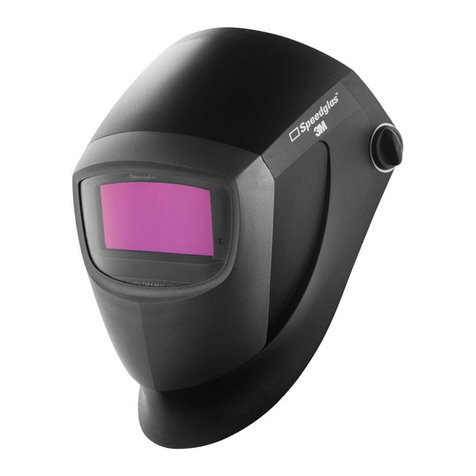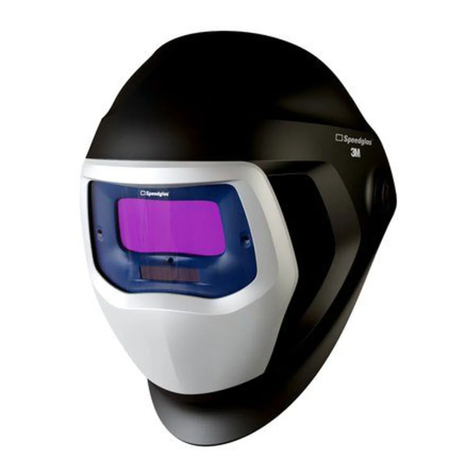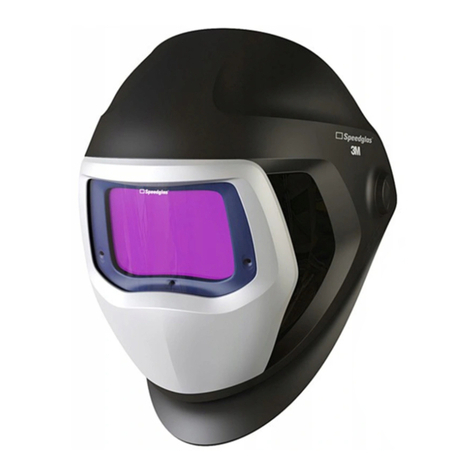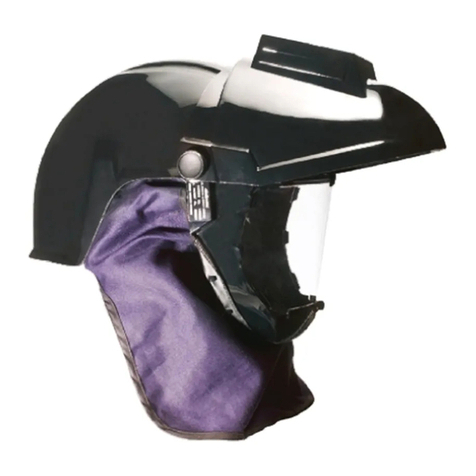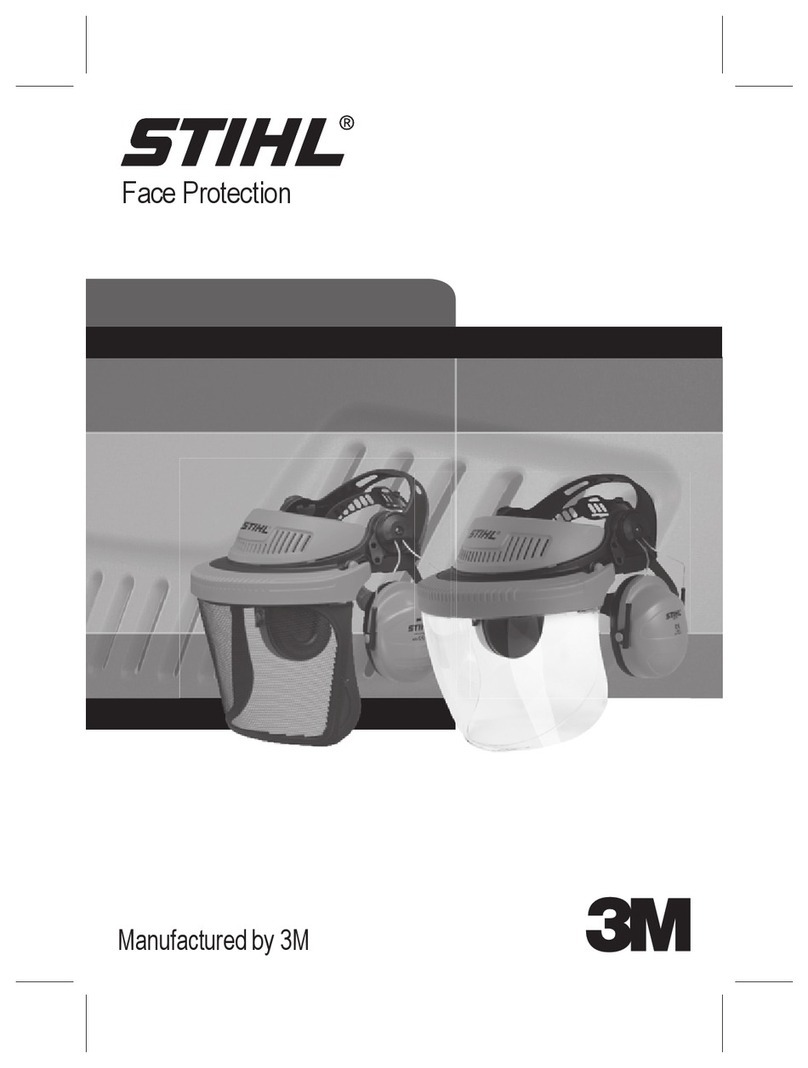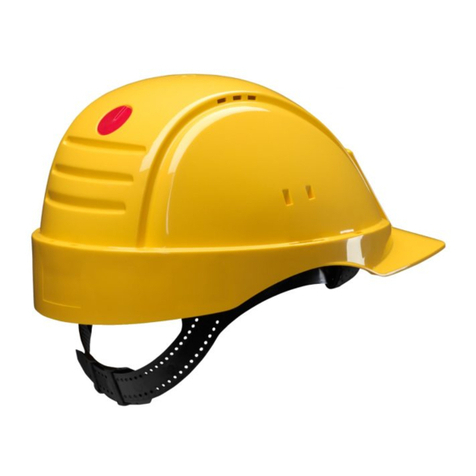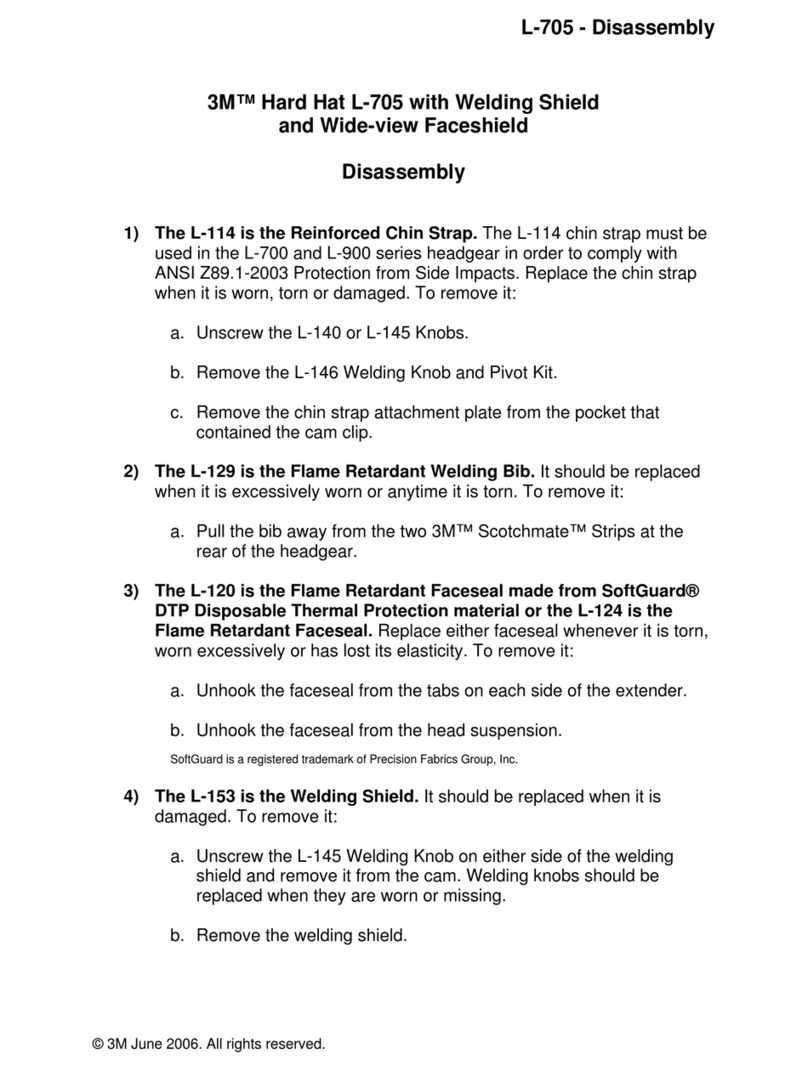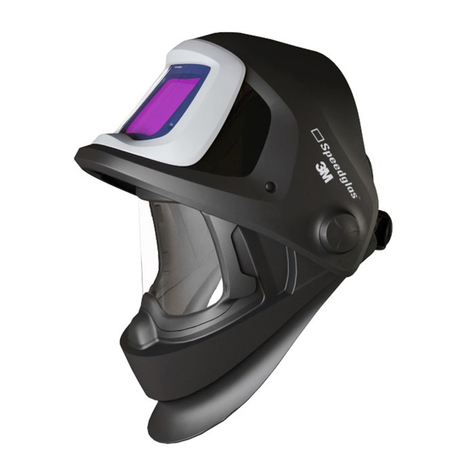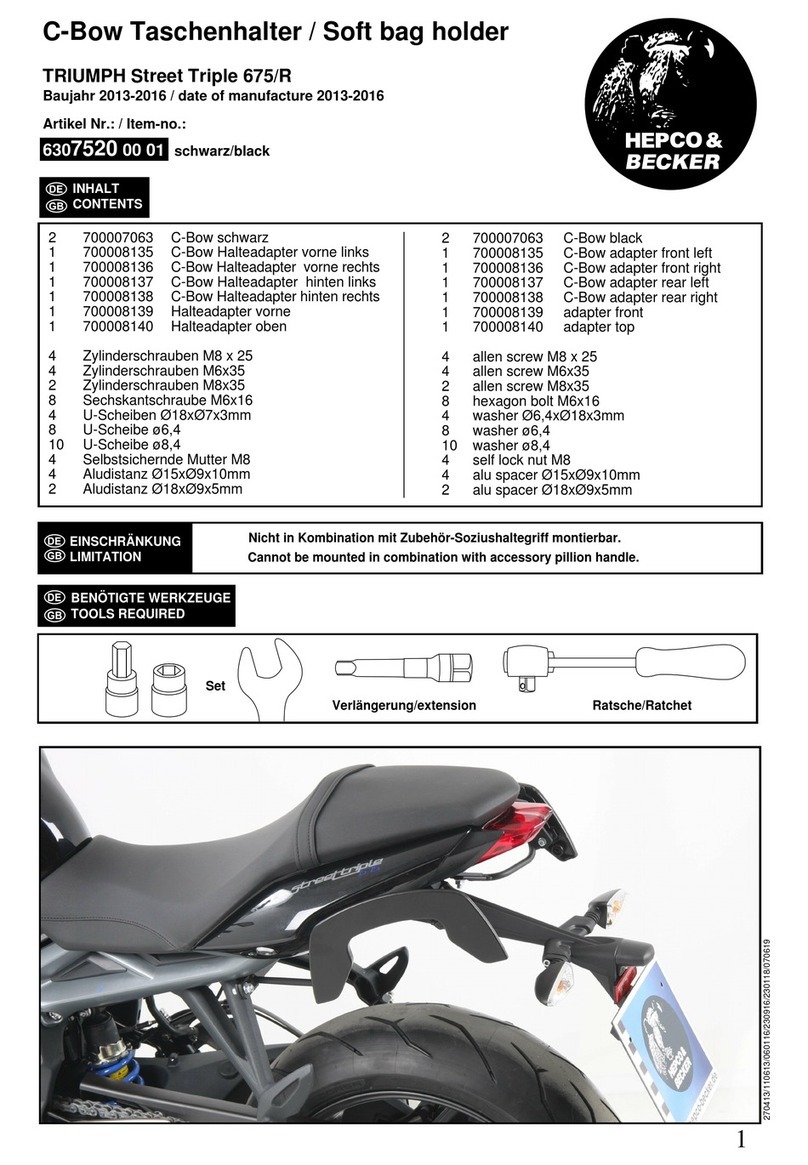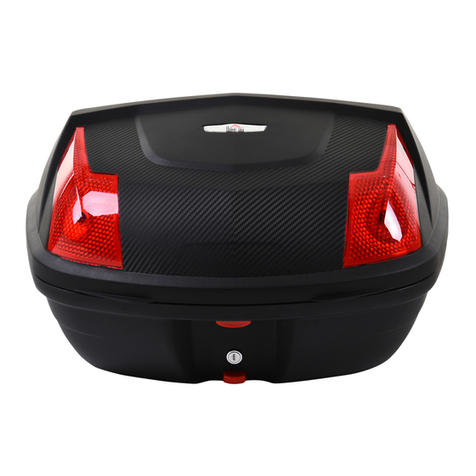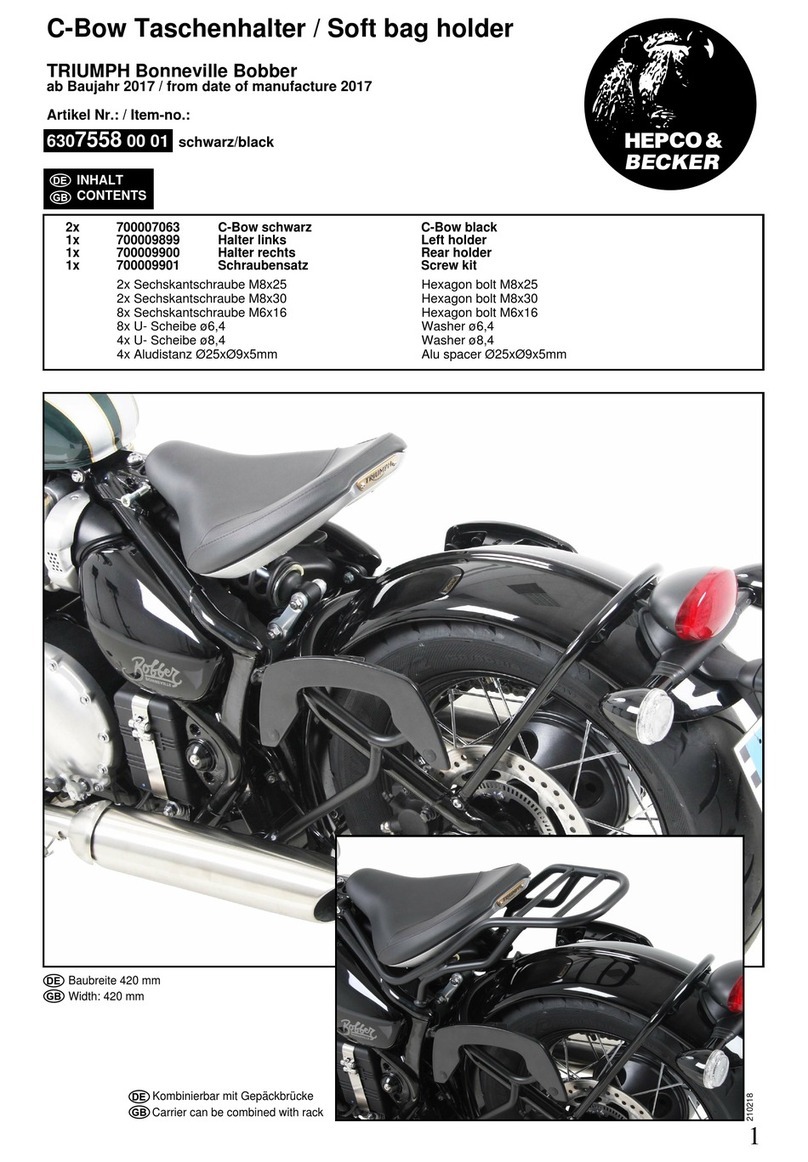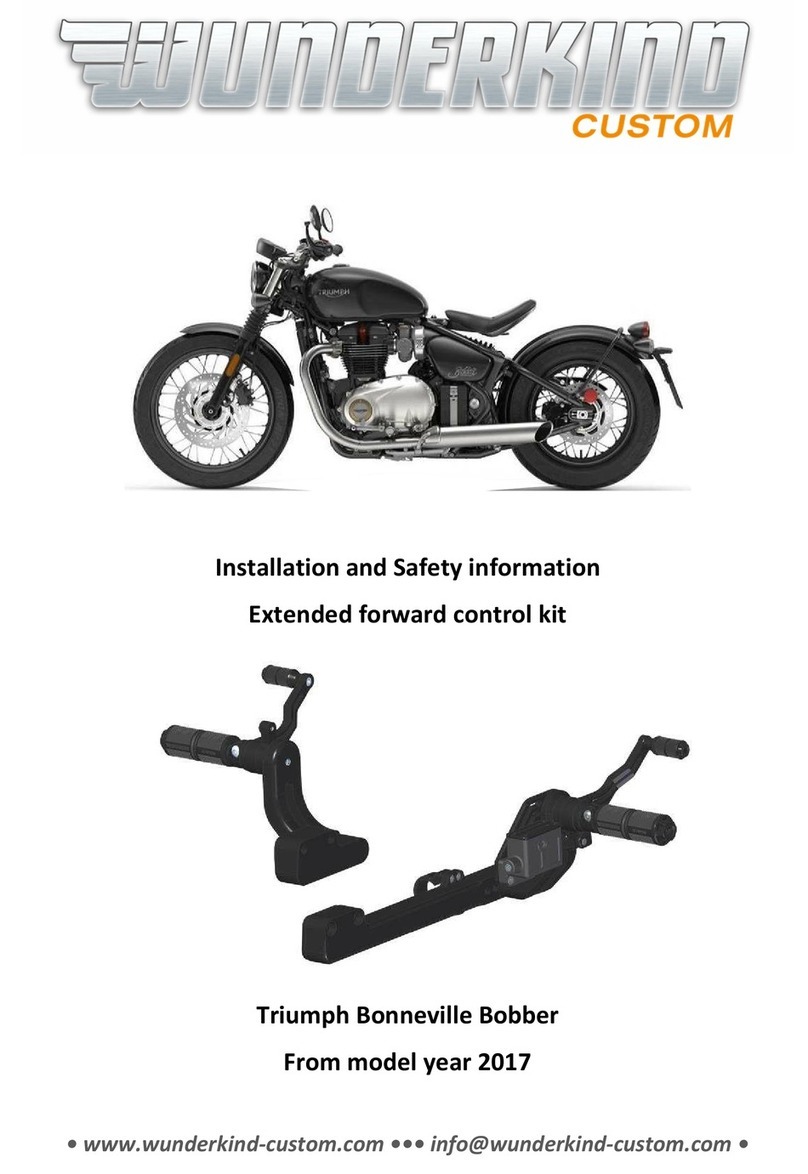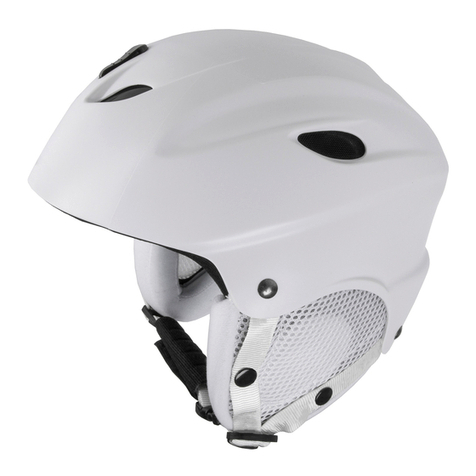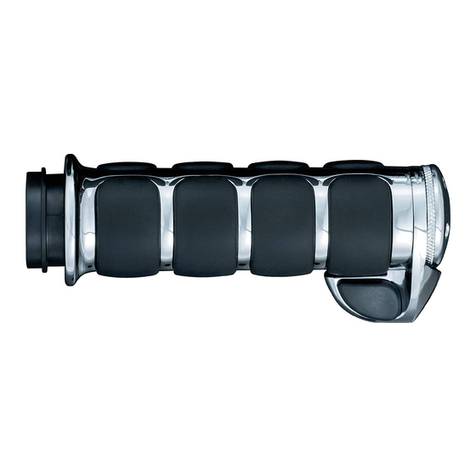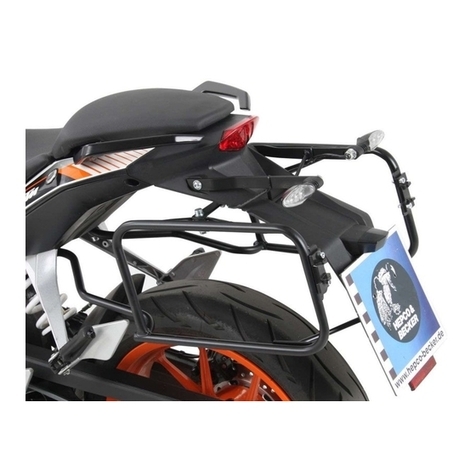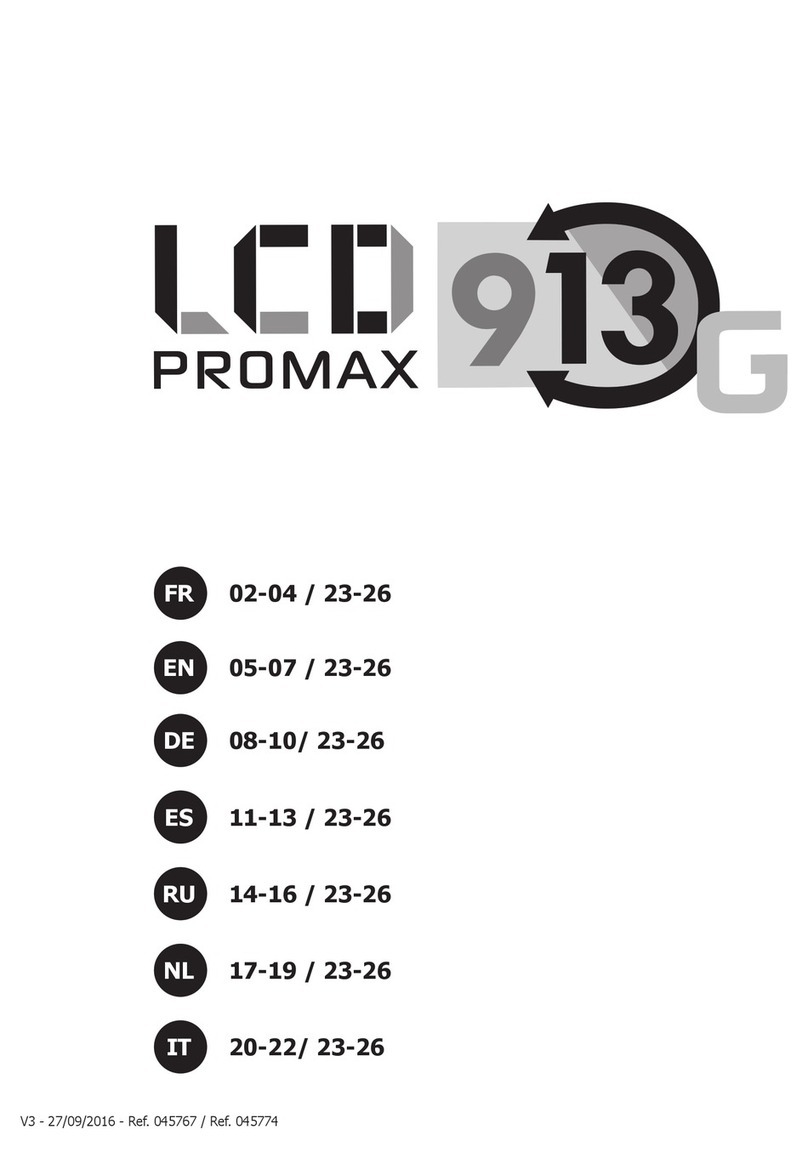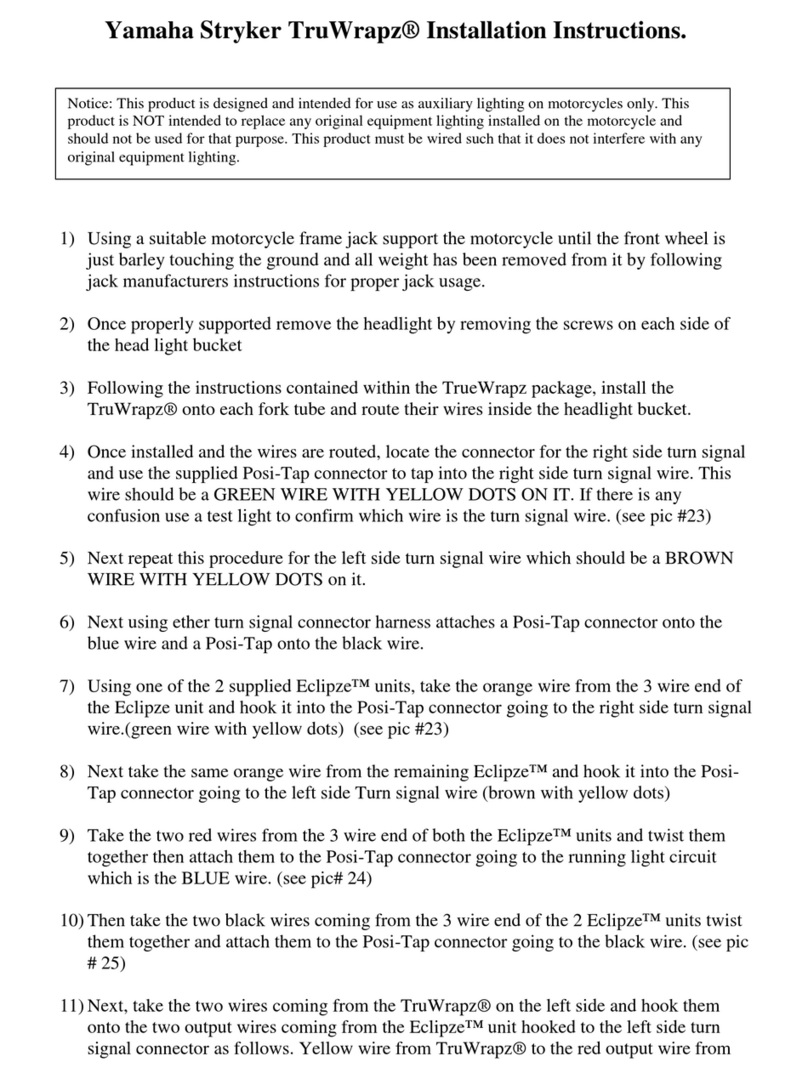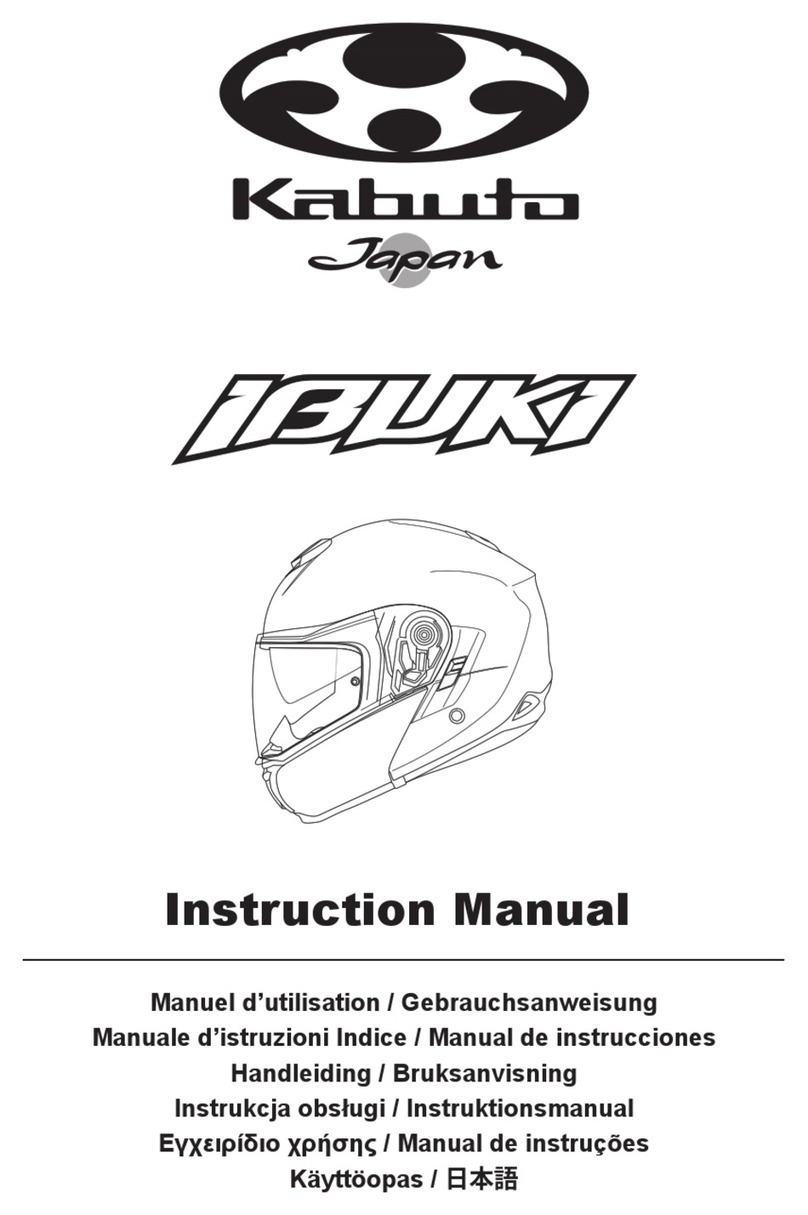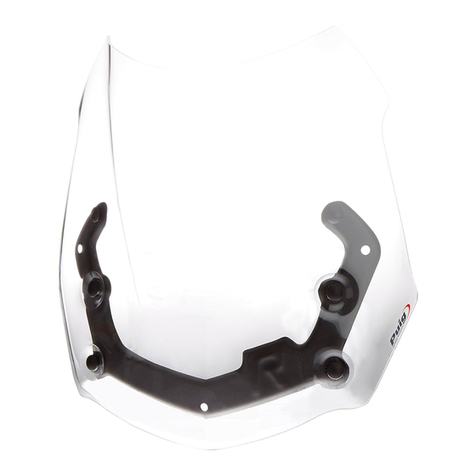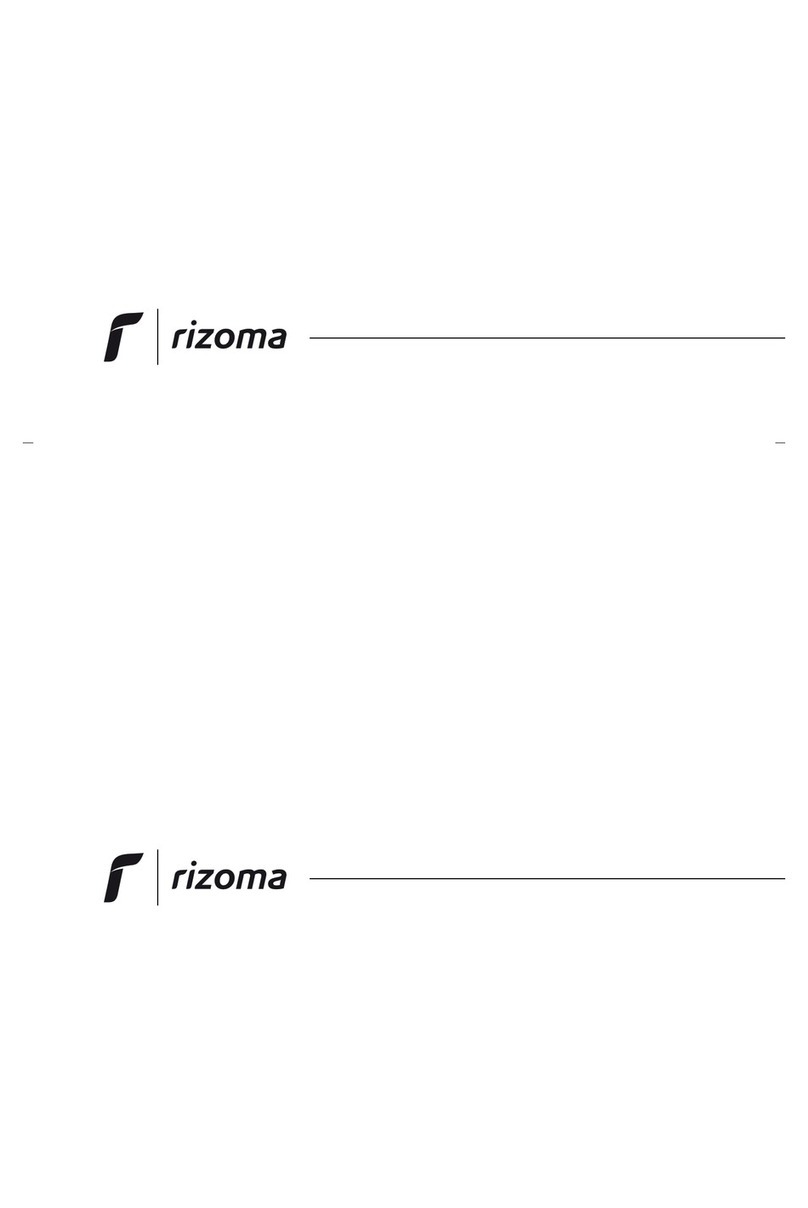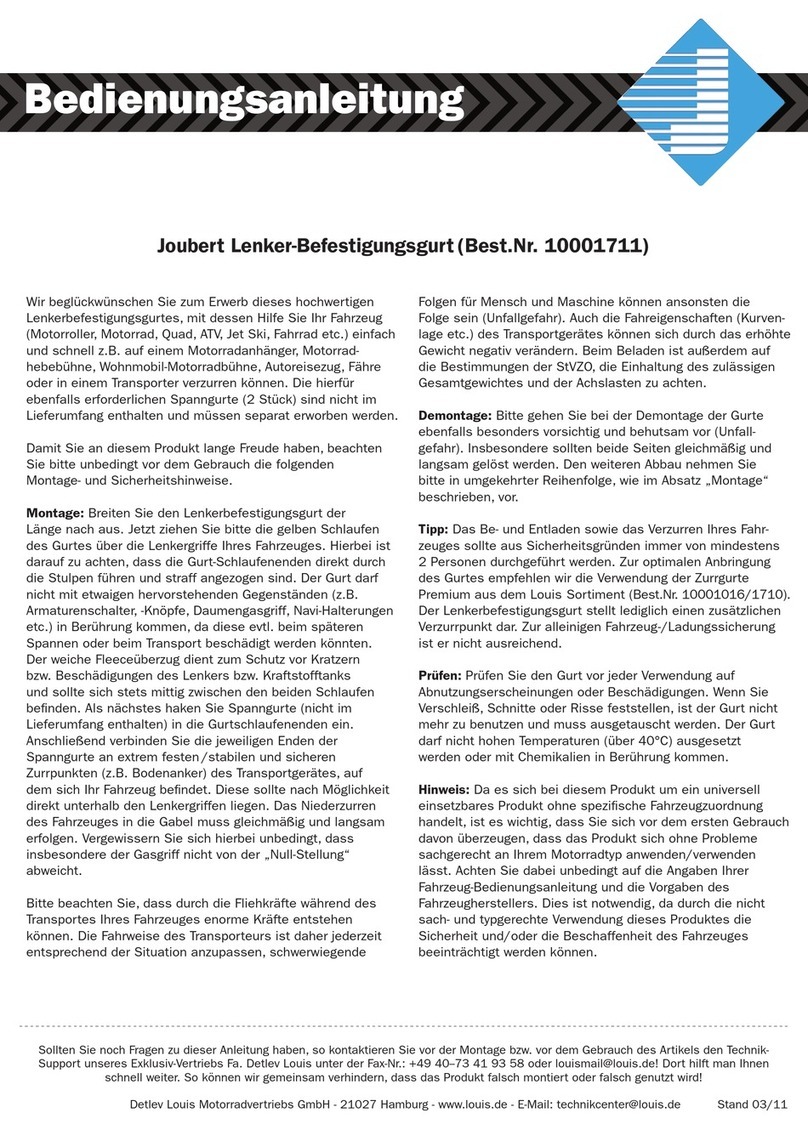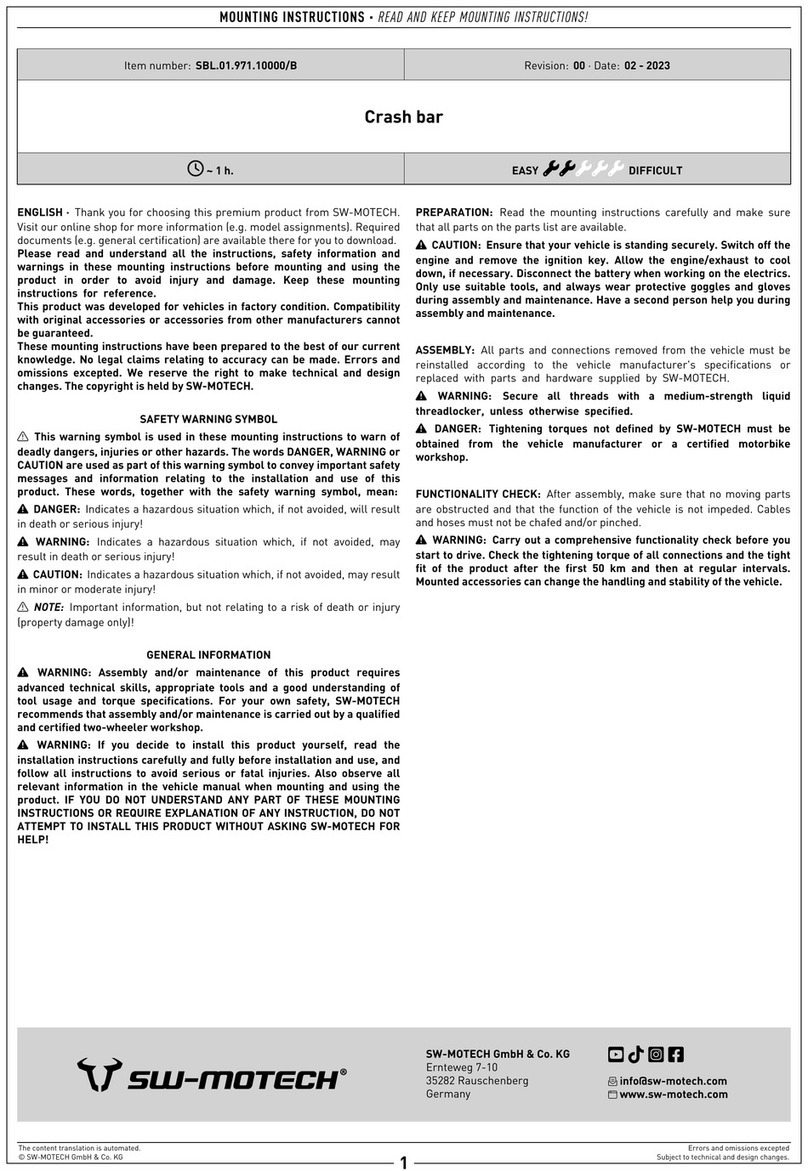3
ENGLISH
List of Warnings within these User Instructions
WWARNING
1. This product, when used as part of an approved respiratory protection system, helps protect against
certain airborne contaminants. Misuse may result in sickness or death. For proper use, see
supervisor, User Instructions or call 3M in U.S.A., 1-800-243-4630. In Canada, call Technical Service
at 1-800-267-4414.
2. These products meet the requirements of certain industrial eyewear standards and with some
models, certain industrial head protection standards. They do not provide complete head, eye, and
face protection from severe impact and penetration and are not a substitute for good safety practices
and engineering controls. Misuse may result in serious injury or death. For proper use, see
supervisor, refer to the product User Instructions or contact 3M Technical Service.
3. When exposed to eye and face hazards, wear additional eye and/or face protectors appropriate to
the hazard. ANSI Z87.1-2010, incorporated by reference in the OSHA Eye and Face Standard 29 CFR
1910.133, suggests safety spectacles or goggles should be worn in conjunction with loose tting
respirators if the visor can be raised from the normal position during use. Failure to do so may
result in serious injury or death.
4. Failure to follow these instructions may reduce the capability of the M-300 and M-400 Series
Headgear Shell to withstand impact and penetration and may result in serious injury or death:
a. Use only the cleaning processes and agents described in these User Instructions to clean the shell.
b. Do not store in direct sunlight.
c. Do not use beyond the maximum life of the product.
d. Do not use in high heat environments above the recommended maximum temperature.
5. The M-100 Series Headgear, when tted with the M-170 Faceshield Head Inserts, and the M-200
Series Headgear, do not meet the test requirements for hard hat protection under ANSI Z89.1-2009.
When head protection is required by OSHA or other safety regulations, hardhats or helmets, such as
the M-300 and M-400 Series, must be used instead of the M-100 or M-200 Series Headgear. Failure
to do so may result in serious injury or death.
6. Failure to follow these instructions may reduce the capability of the M-Series visors to withstand
impact and penetration and may result in serious injury or death:
a. Use only the cleaning processes and agents described in these User Instructions to clean the visor.
b. Ensure visor buttons are rmly secured and ush to the visor frame. Replace worn or
damaged parts.
7. Failure to follow these instructions may reduce respirator performance, overexpose you to
contaminants, and may result in sickness or death:
a. Always properly assemble and wear both the inner and outer shroud (M-400 Series).
b. Ensure visor frame rmly latches in the closed position. Replace worn or damaged parts
(M-400 Series).
c. Users must be clean-shaven where the respirator’s faceseal comes into contact with their face
(M-100, M-200 and M-300 Series).
d. The M-Series Headgear is one component of an approved respiratory protection system. Always
read and follow all User Instructions supplied with your 3M™ M-Series Headgear, PAPR Blower
Unit or Supplied Air Device in order to ensure correct system operation.
e. Do not use with parts or accessories other than those manufactured by 3M as described in these
User Instructions or on the NIOSH Approval Label for this respirator.
8. Use of the Head, Neck, and Shoulder Cover (M-976) does not increase the Assigned Protection
Factor (APF) of the M-100, M-200 and M-300 Series Headgear. The M-976 is designed to help keep
the wearer and headgear clean and does not increase the level of respiratory protection provided.
Improper use may overexpose you to contaminants, and may result in sickness or death.
9. Do not use the Head, Neck, and Shoulder Cover (M-976) or non-ame resistant faceseals and
shrouds around high heat, sparks or ames. Misuse may result in serious injury or death.
10. Do not use the Shaded Peel-Off Cover (M-929) for welding.The Shaded Peel-Off Cover (M-929)
will not protect the wearer’s eyes from the harmful level of visible light, ultra-violet radiation (UV),
and infrared radiation (IR)) resulting from gas and arc welding processes. Misuse may result in
permanent eye injury and vision loss. For welding use an ANSI Z87.1 complaint welding helmet
with an appropriate lter lens for the specic welding process.
11. Only use the Shaded Peel-Off Cover (M-929) on the 3M™ Versao™ M-Series Headgear. Do not use
on any other headgear including faceshields and eyewear. Misuse may result in permanent eye
injury and vision loss.

